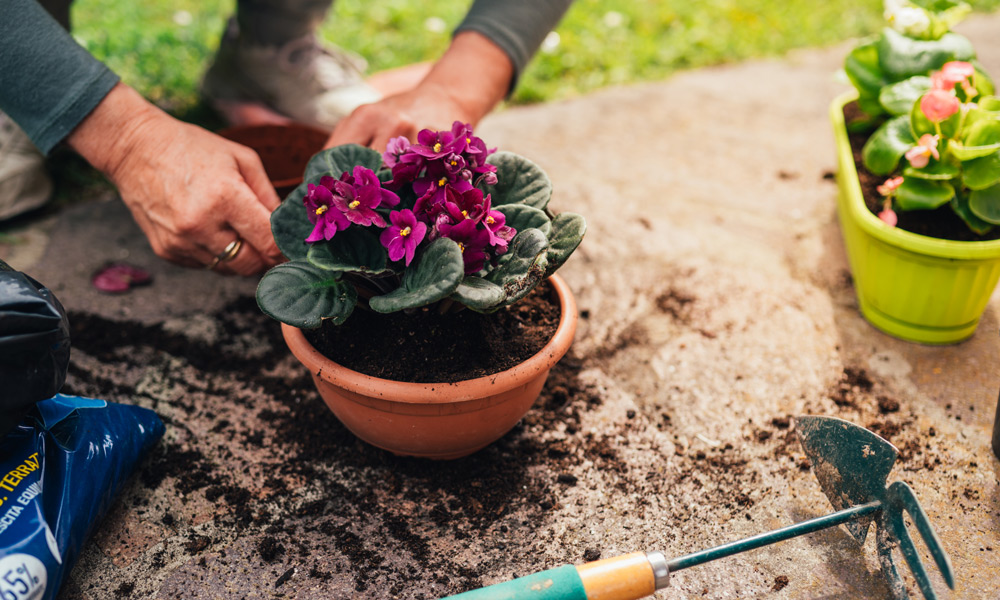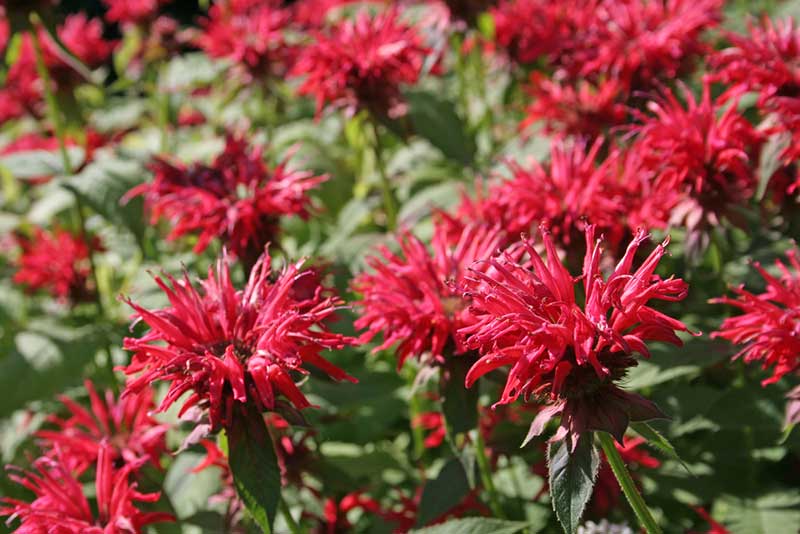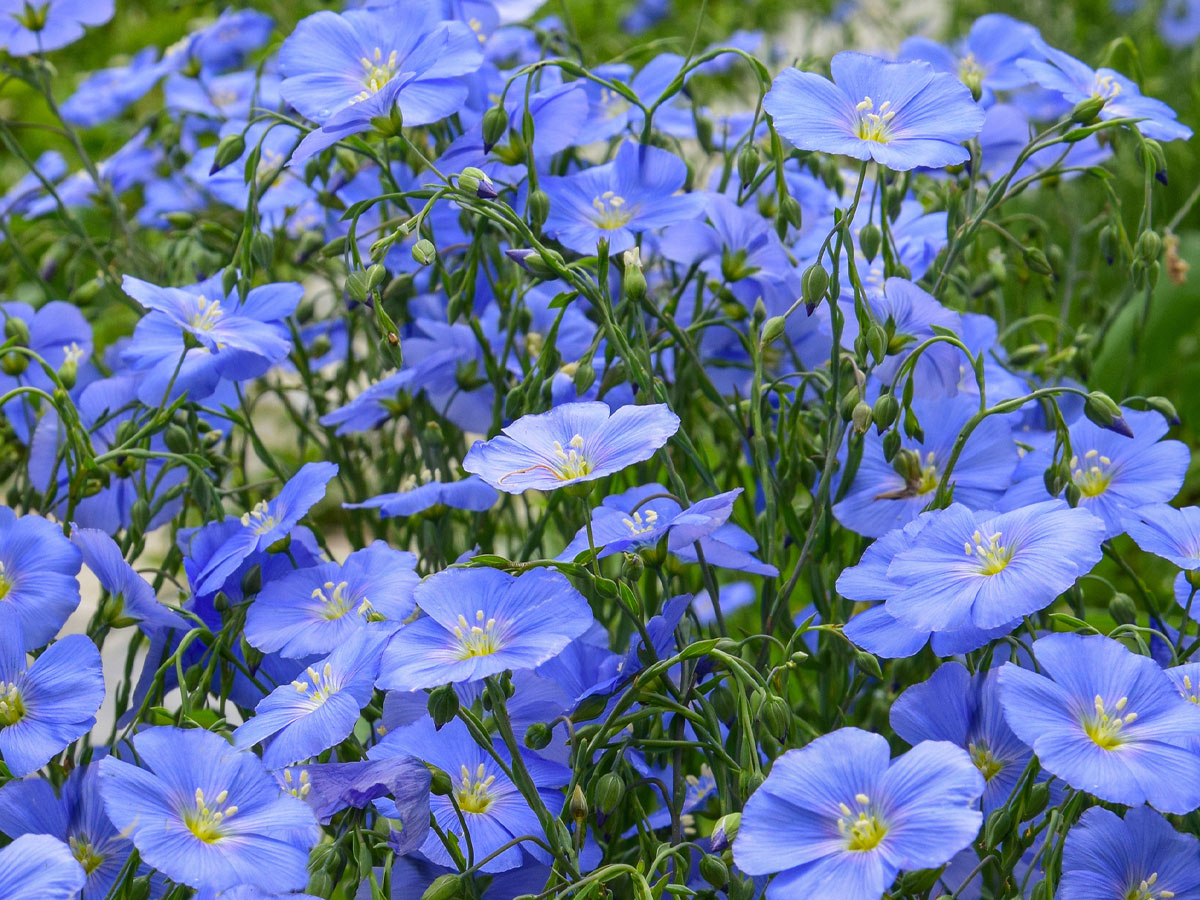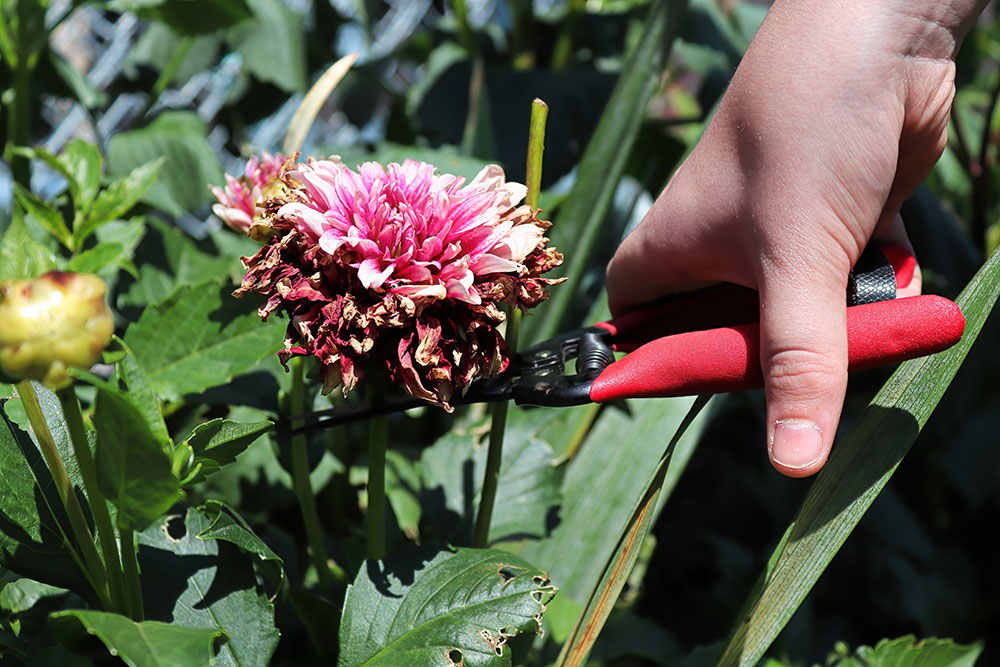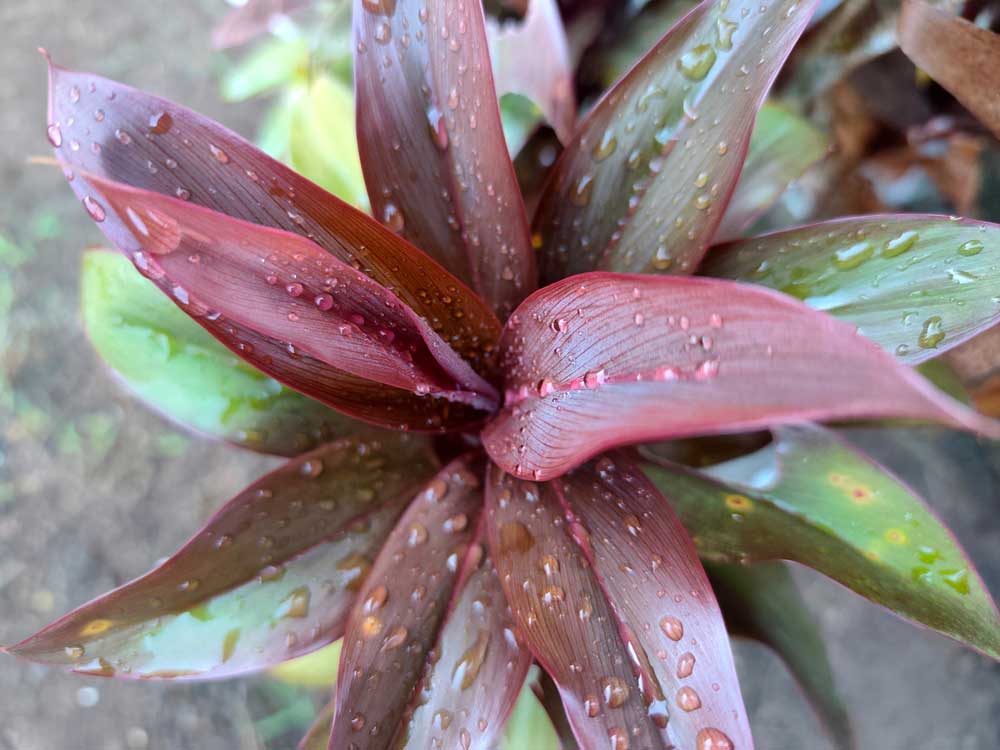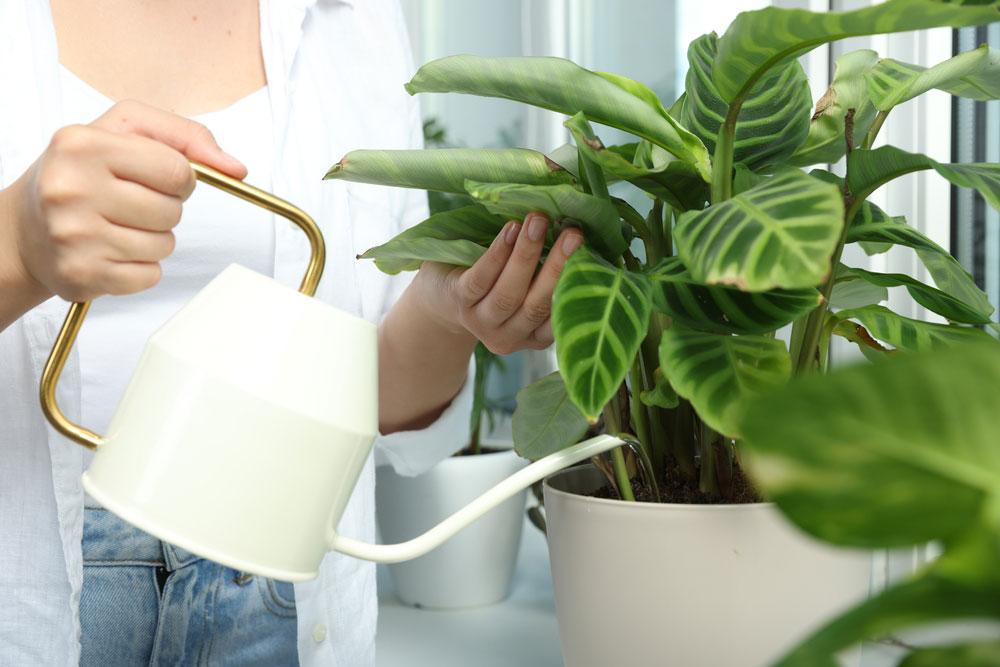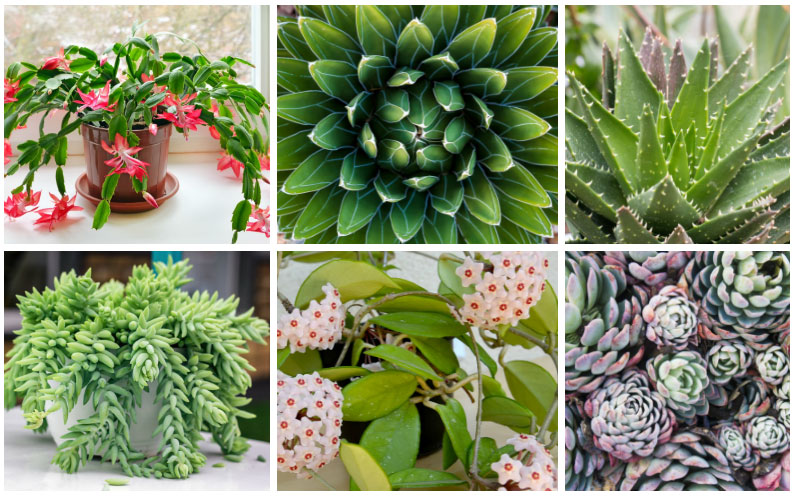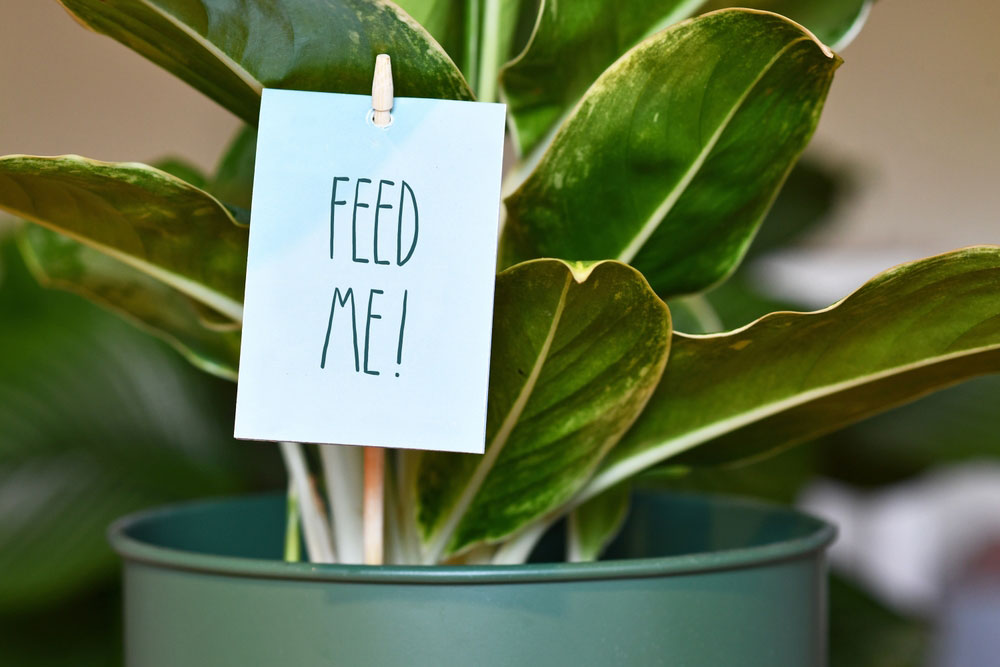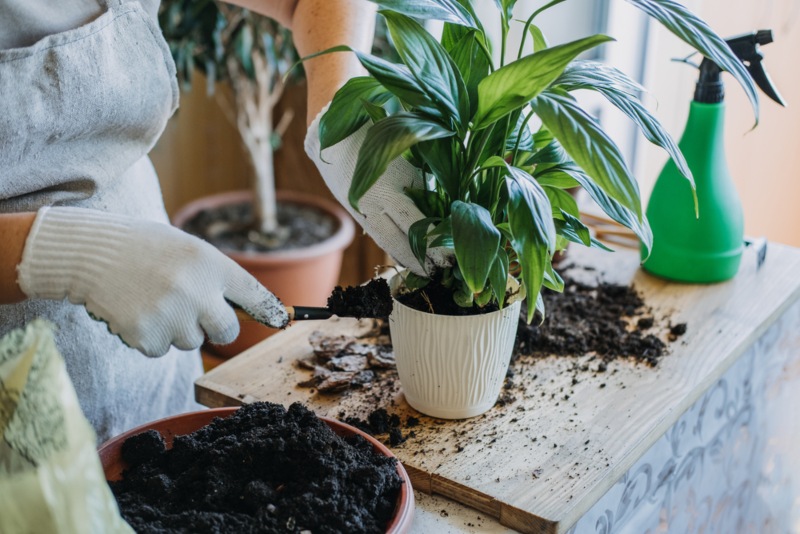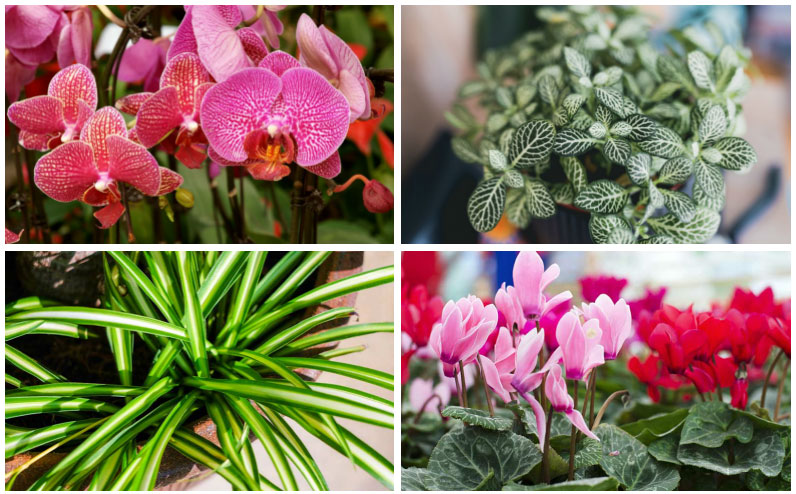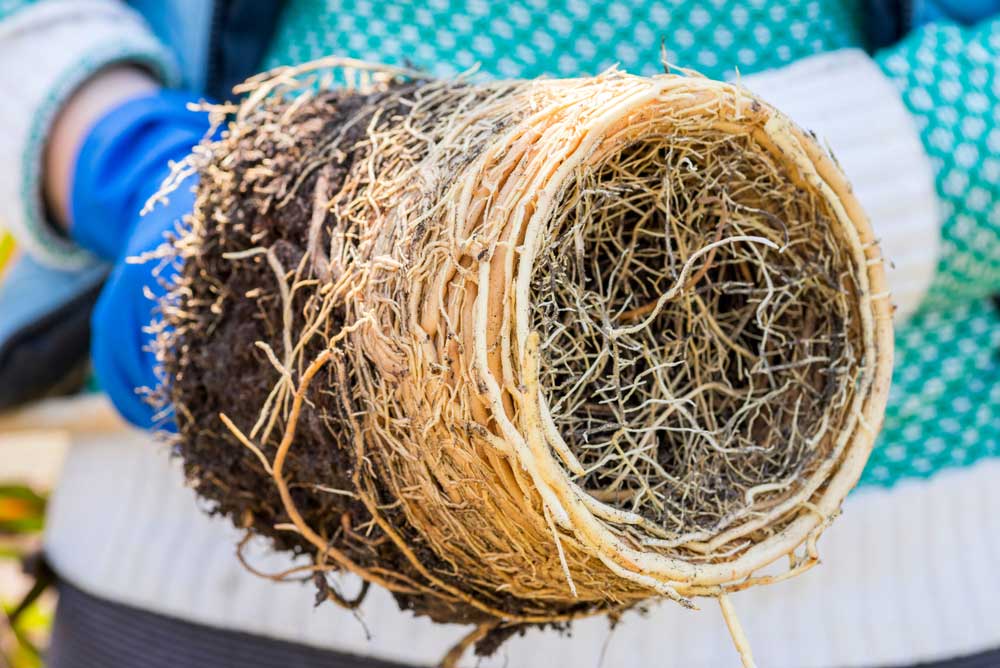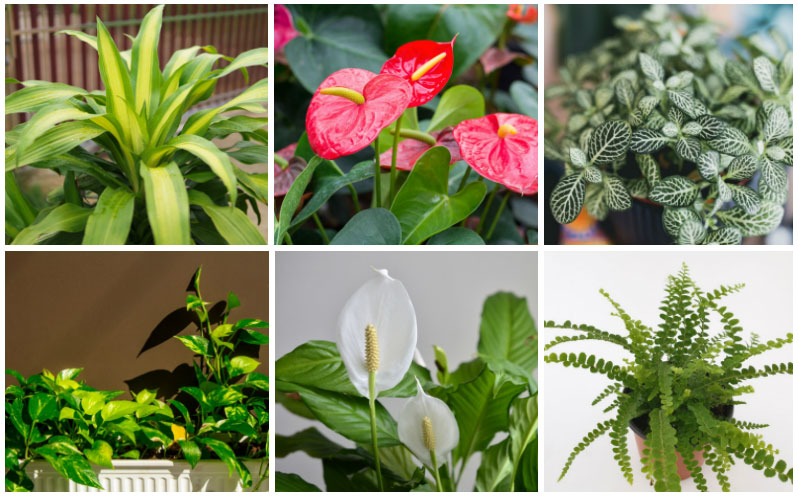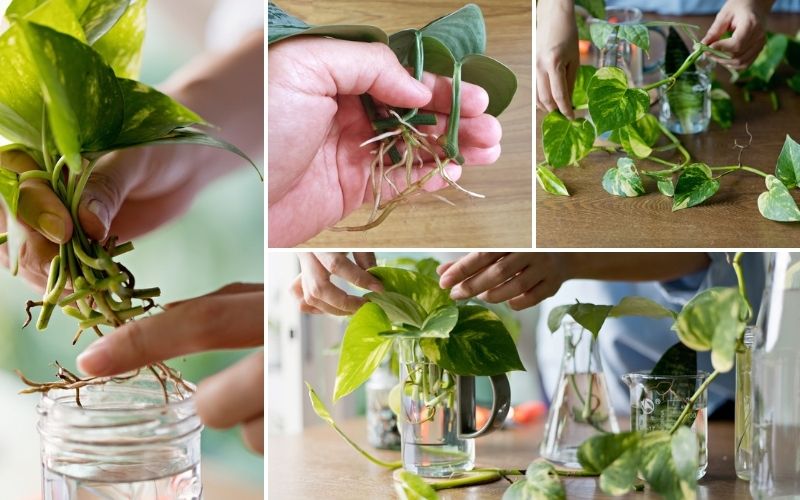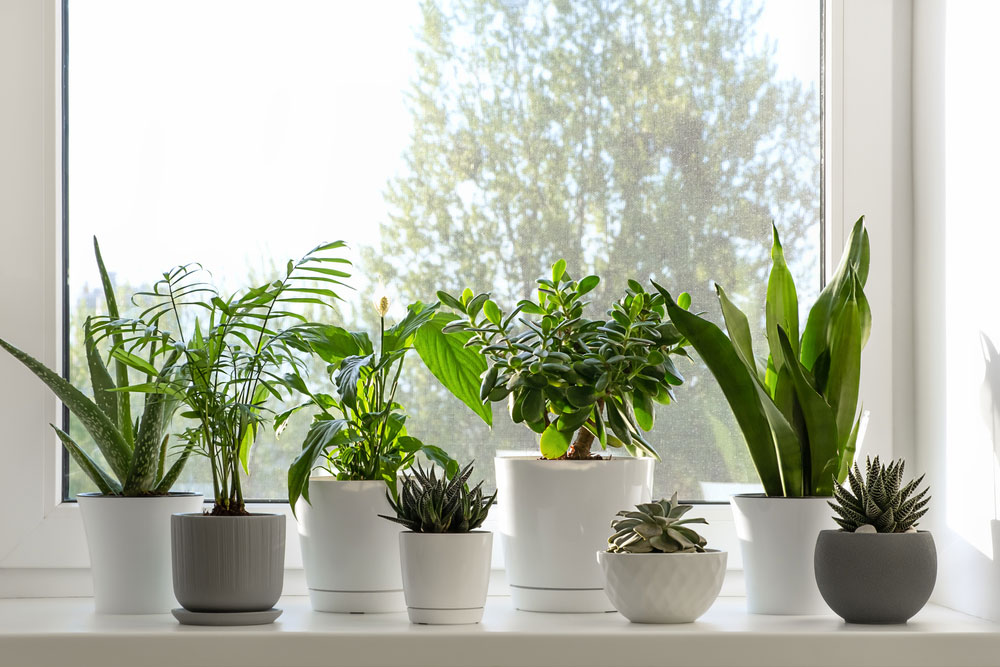
You know that feeling when you bring home a gorgeous new houseplant, place it proudly by your brightest window, and watch in horror as it starts to fade, wilt, or develop crispy brown edges?
We’ve all been there! But here’s the thing – you’re not a plant killer. You’re just putting the wrong plants in the wrong spots.
Today, we’ll go over one of the most common mistakes indoor gardeners make: assuming all plants love that prime real estate by your sunny windows.
In fact, some of your favorite houseplants are secretly begging to be moved away from direct sunlight, while others are slowly dying in your darker corners, desperately craving those bright rays.
So, which plants should you banish from your window sills, and which ones are practically screaming for a south-facing window?
Let’s look at the surprising truth about houseplant lighting needs that could transform your indoor garden success!
The 5 Houseplants That Hate Direct Light (Move Them Away From Windows!)
1. Peace Lily
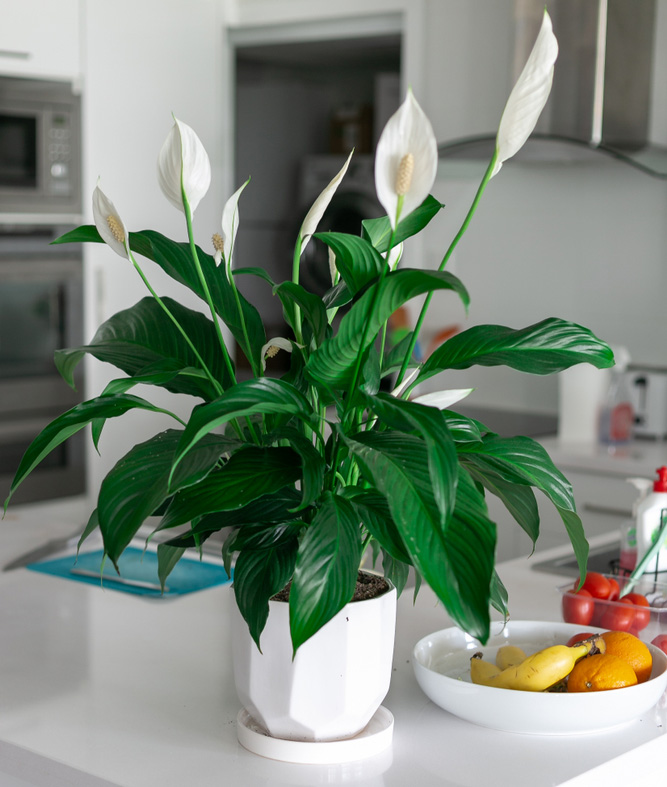
If you’ve ever wondered why your peace lily’s gorgeous white blooms keep turning brown or why those elegant dark green leaves are getting crispy edges, it’s probably getting too much direct sun. Peace lilies are native to the tropical rainforest floor, where they thrive in filtered, dappled light.
You’ll want to place your peace lily in bright, indirect light – think a few feet back from an east or north-facing window. These beauties will actually tell you when they’re happy by producing more of those stunning white spathes (the “flowers” are actually modified leaves!). However, if you notice the leaves turning yellow or developing brown spots, that’s your peace lily saying, “Please move me away from this harsh light!”
Pro tip: Peace lilies are excellent drama queens – they’ll droop dramatically when they need water, then perk right back up once you’ve given them a drink. It’s one of the most forgiving plants for beginners!
2. Chinese Evergreen
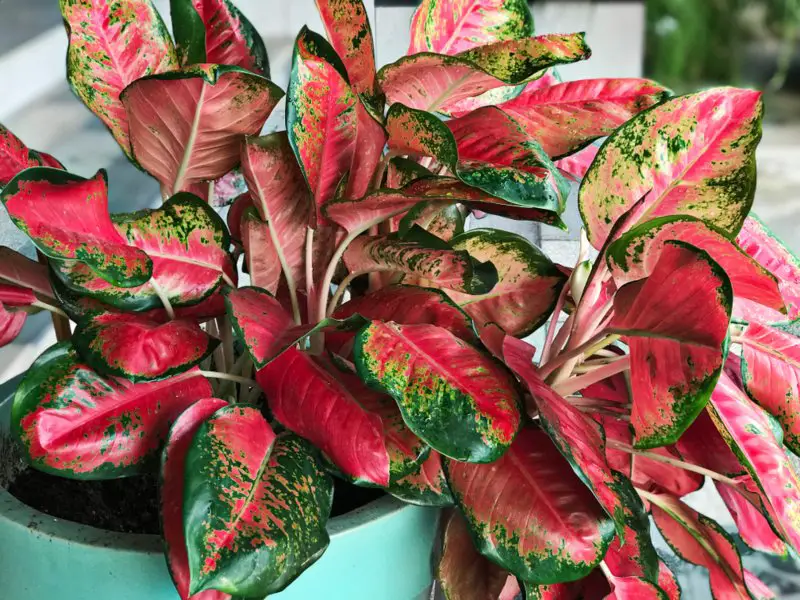
Chinese evergreens are absolute superstars when it comes to low-light tolerance, but put them in direct sunlight and you’ll watch their beautiful variegated patterns fade faster than a summer tan. These plants, with their stunning silver, pink, red, and green markings, actually lose their vibrant coloration when exposed to too much direct light.
In their native Southeast Asian habitat, Chinese evergreens grow under the canopy of larger plants. You can replicate this by placing them in a spot with bright, filtered light – perhaps near a window with sheer curtains or in a well-lit room away from direct sun exposure.
What to watch for: If the leaves start looking washed out or the colorful patterns become less distinct, your Chinese evergreen is telling you it’s getting too much light. Move it to a slightly shadier spot, and those gorgeous colors will return!
3. Cast Iron Plant
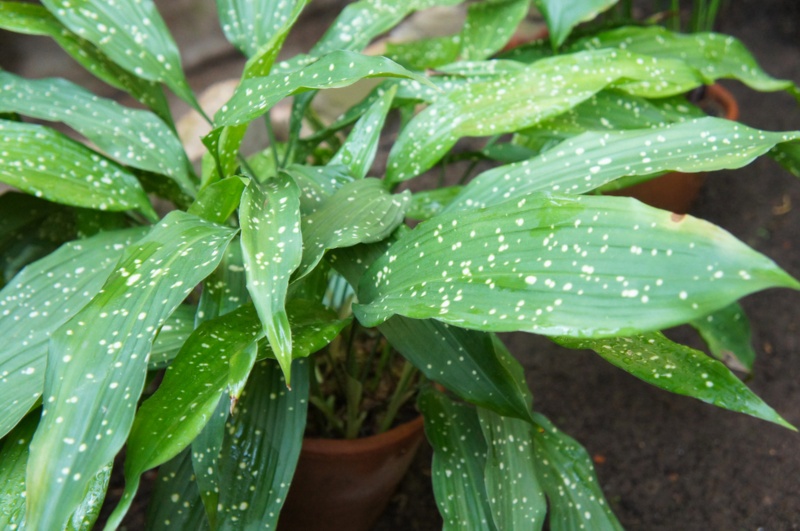
Don’t let the name fool you – while cast iron plants are nearly indestructible, they absolutely cannot tolerate direct sunlight. These Victorian-era favorites earned their common name because they can survive in almost any condition… except bright, direct light.
Cast iron plants actually prefer the darkest corners of your home. You’ll find them thriving in spots where other plants would give up entirely – like that dim hallway or the corner of your living room that never sees direct sun. If you’re looking to fill a space that seems too dark for plants, the cast iron plant is your answer.
Interesting fact: In their native habitat in China and Japan, these plants grow in deep shade under dense forest canopies. Direct sunlight will cause their leaves to turn yellow and eventually brown – the exact opposite of what you’d expect from such a tough plant!
4. Maidenhair Fern
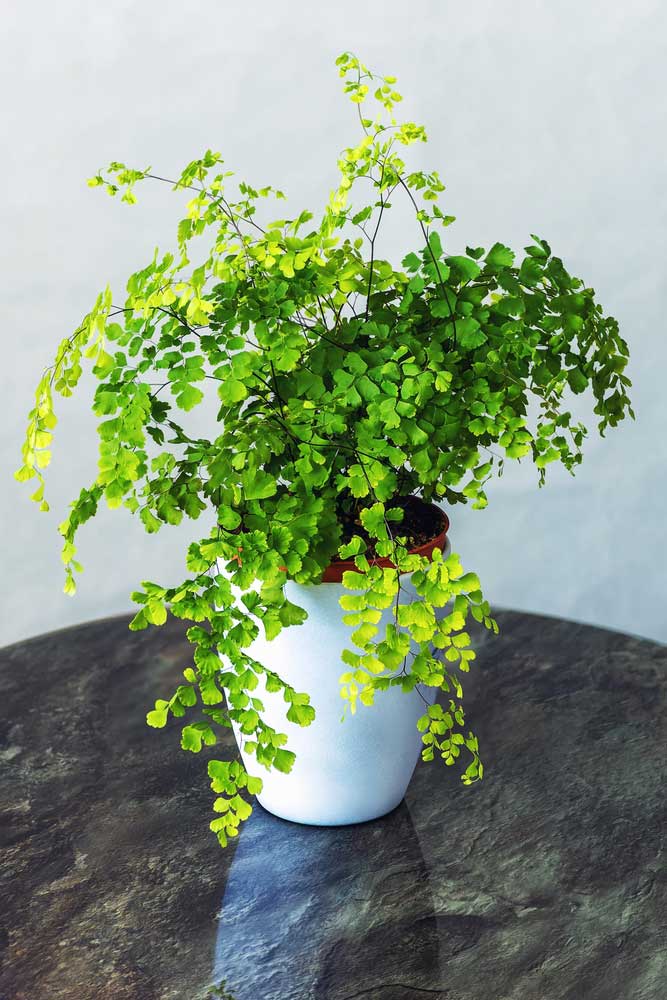
Maidenhair ferns are absolutely gorgeous with their delicate, lacy fronds, but they’re also incredibly sensitive to direct sunlight. These woodland natives prefer the soft, filtered light of their forest floor origins, and direct sun will quickly turn their beautiful foliage crispy and brown.
You’ll want to place your maidenhair fern in a spot with bright, indirect light and high humidity. Think of them as the opposite of desert plants – they love moisture and gentle light. A bathroom with a north-facing window or a spot near (but not in) an east-facing window often works perfectly.
Care tip: If the fronds start turning brown and crispy despite regular watering, it’s likely getting too much direct light. These ferns are also humidity lovers, so consider placing them on a pebble tray filled with water to increase moisture around the plant.
5. Prayer Plant
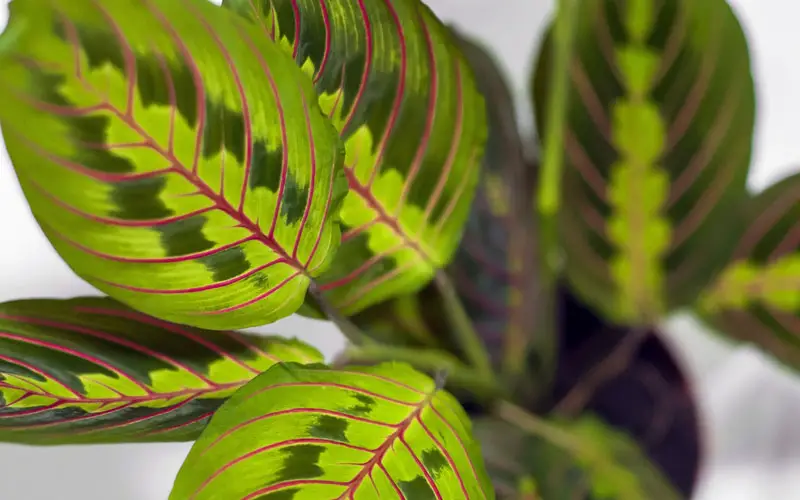
Prayer plants, with their stunning patterned leaves that fold up at night (hence the name!), are another tropical beauty that absolutely despises direct sunlight. Too much sun will cause their intricate leaf patterns to fade and can even scorch the foliage.
These plants come from the Brazilian rainforest floor, where they receive filtered, dappled light through multiple layers of canopy. In your home, they’ll be happiest in bright, indirect light – perhaps in an east-facing window with sheer curtains or a few feet back from a south-facing window.
What makes them special: Prayer plants are part of the Marantaceae family, and they literally move throughout the day! Their leaves follow the light and fold up at night, which is why they’re sometimes called “living plants.” But this movement requires gentle, filtered light – not harsh direct sun.
The 5 Houseplants That CRAVE Full Sun Indoors (Put These by Your Sunniest Windows!)
1. Jade Plant
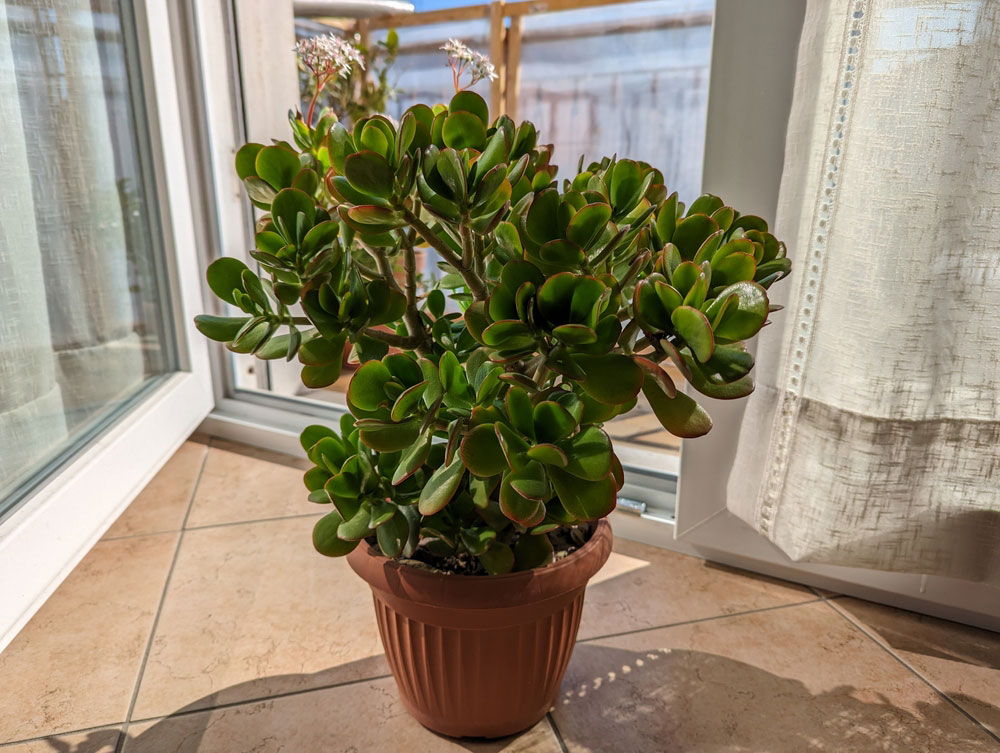
If you have a south-facing window that gets intense afternoon sun, your jade plant will absolutely love you for placing it there! These succulent beauties need at least 4-6 hours of direct sunlight daily to maintain their compact, tree-like shape and develop those beautiful red edges on their fleshy leaves.
Jade plants that don’t get enough light become leggy and pale, stretching desperately toward whatever light source they can find. But give them that bright, direct sunlight, and you’ll be rewarded with a sturdy, well-shaped plant that might even bloom with tiny white or pink flowers after several years of proper care.
Bonus benefit: Jade plants are considered symbols of good luck and prosperity in many cultures. And honestly, they’re so easy to care for in the right light that you’ll feel pretty lucky to have them!
2. Aloe Vera
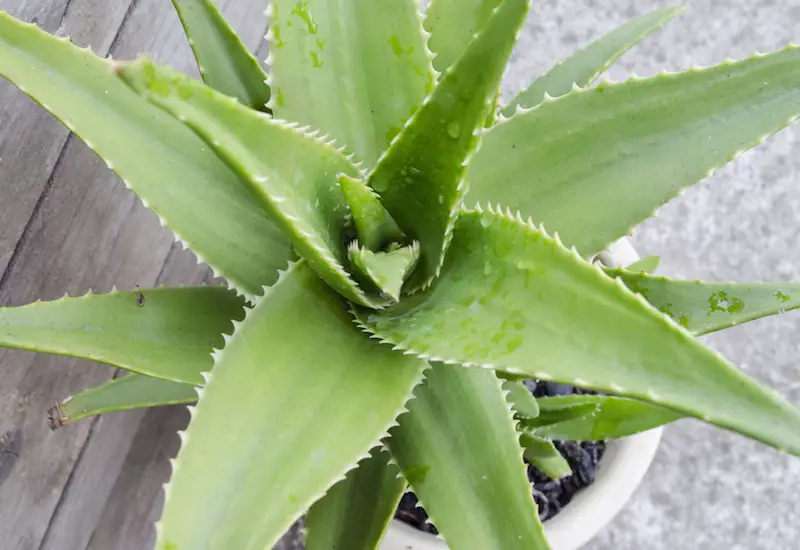
Aloe vera isn’t just a fantastic natural remedy for burns and cuts – it’s also a sun-worshipping succulent that thrives in the brightest spot you can offer. These plants come from arid regions of Africa where they bask in intense desert sun all day long.
You’ll want to place your aloe vera in a south-facing window where it can soak up direct sunlight for most of the day. In proper lighting, aloe plants develop a beautiful, compact rosette shape and may even produce tall flower spikes with tubular orange or yellow blooms.
Care insight: If your aloe vera is stretching out or becoming pale green instead of the characteristic blue-green color, it’s not getting enough light. Move it to your sunniest window, and watch how quickly it responds by tightening up its growth pattern.
3. String of Pearls
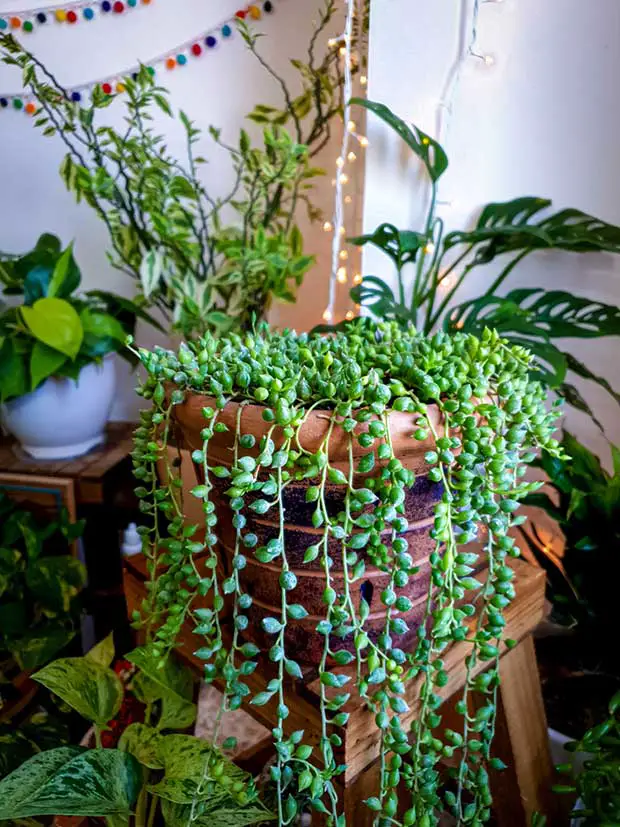
This quirky trailing succulent with its bead-like leaves is absolutely stunning cascading from a hanging planter – but only when it gets enough bright, direct light. String of pearls plants that live in low light become sparse and leggy, losing that full, lush appearance that makes them so desirable.
Place your string of pearls in or very near a south-facing window where it can receive several hours of direct morning and afternoon sun. In proper lighting, the “pearls” will be plump and tightly spaced along the trailing stems, creating that beautiful curtain effect.
Pro tip: These plants can actually handle quite intense light – in their native South Africa, they often grow in areas with very bright, direct sunlight and minimal shade.
4. Bird of Paradise
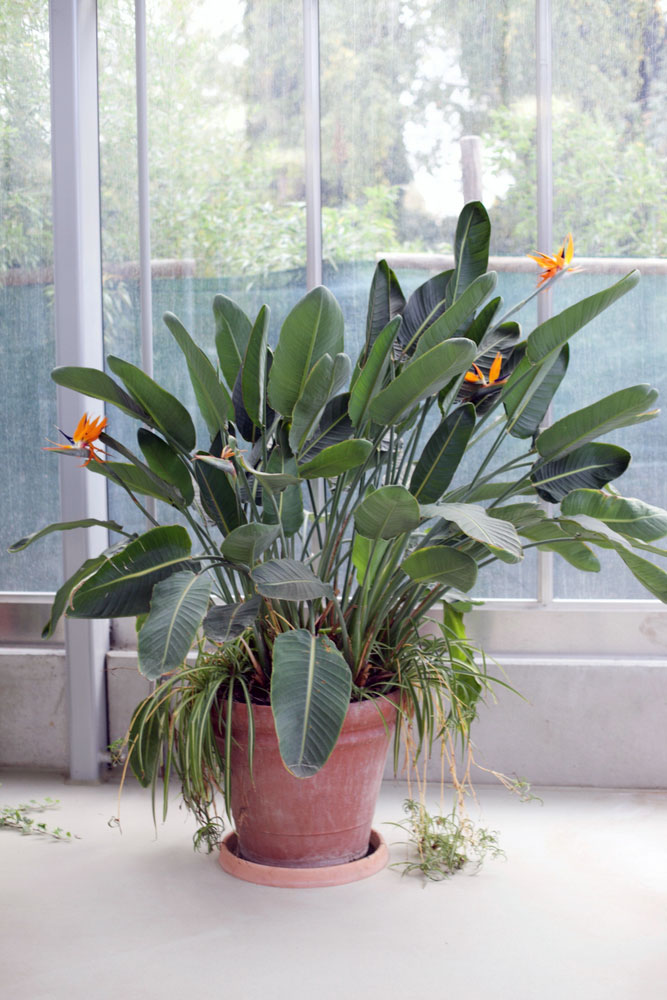
Bird of paradise plants are dramatic, tropical beauties that need serious light to reach their full potential. These plants can grow quite large indoors (we’re talking 6+ feet tall!), but only if they receive adequate bright, direct sunlight.
You’ll want to place your bird of paradise right in front of your largest, south-facing window. These plants are native to South Africa, where they grow in full sun and can reach impressive heights. While they might not bloom indoors (that usually requires greenhouse conditions), proper lighting will give you those gorgeous, large paddle-shaped leaves that make this plant such a showstopper.
Growth expectation: In adequate light, bird of paradise plants grow relatively quickly and can become stunning floor plants. However, in insufficient light, they’ll remain small and may develop brown leaf tips or lose lower leaves.
5. Croton
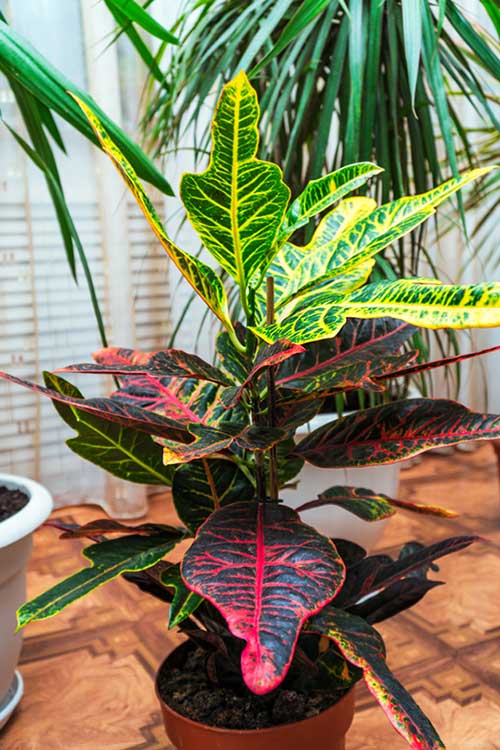
Crotons are absolute showstoppers with their incredibly vibrant, multi-colored leaves featuring combinations of red, orange, yellow, and green – but here’s the catch: all that gorgeous coloration only develops in bright, direct sunlight. In low light, crotons become predominantly green and lose the very characteristic that makes them so desirable.
These tropical plants need to be placed in your very brightest window – ideally south-facing – where they can receive direct sunlight for most of the day. When they’re happy, crotons produce leaves in an amazing array of colors and patterns, from speckled to striped to solid blocks of color.
Color secret: The intensity of a croton’s coloration is directly related to the amount of light it receives. If you notice your croton’s newer leaves are coming in mostly green, it’s time to move it to a brighter location!
How to Tell If You’ve Got the Light Wrong
But what if you’re still not sure whether your plants are in the right spots? Here are the telltale signs that you need to reassess your plant placement:
Signs your plant is getting too much direct light:
- Leaves turning yellow or brown at the edges
- Vibrant leaf colors fading or washing out
- Crispy, dry patches on leaves even with adequate watering
- Leaves looking “bleached” or pale
- Excessive wilting during the hottest part of the day
Signs your plant needs more direct light:
- Leggy, stretched-out growth (called “etiolation”)
- Leaves becoming smaller and paler
- Loss of variegation or colorful patterns
- Slow or stunted growth
- Lower leaves dropping off
- Failure to bloom (in flowering plants)
FAQ: Getting Your Indoor Lighting Just Right
Q: Can I use grow lights instead of moving my plants to different windows?
Absolutely! LED grow lights are fantastic for supplementing natural light or providing adequate lighting in homes without ideal window exposure. Just make sure to choose full-spectrum LED lights and position them according to each plant’s needs – closer for sun-lovers, farther away for shade-preferring plants.
Q: What about seasonal changes? Should I move my plants when the sun angle changes?
Great question! Many indoor gardeners do adjust their plant placement seasonally. Winter sun is generally less intense, so you might move some of your shade-loving plants a bit closer to windows during the darker months. However, be cautious about dramatic changes – it’s better to make gradual adjustments.
Q: My apartment only has north-facing windows. Can I still grow the sun-loving plants?
North-facing windows typically provide bright, indirect light rather than direct sunlight. While this won’t work for true sun-worshippers like jade plants or aloe vera, you might have success with plants that prefer bright, indirect light. Consider investing in a good grow light setup if you’re determined to grow sun-loving species.
Q: How long should I wait to see if a plant adjustment is working?
Give your plants at least 2-4 weeks to adjust to their new lighting conditions. Plants don’t change overnight, and some may initially show signs of stress during the transition. However, if you’re seeing continued decline after a month, it might be time to try a different location or reassess other care factors like watering and humidity.

